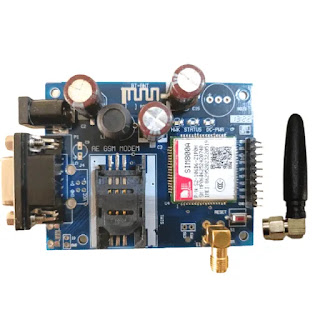Integrated Circuits (ICs) are tiny electronic components that contain thousands or millions of electronic components, such as transistors, diodes, and resistors, on a single chip of semiconductor material. They are widely used in various electronic devices such as smartphones, computers, TVs, and many more.
In this blog, we will discuss three types of integrated
circuits - the 74HC147 Decimal to BCD Priority Encoder IC, the 74HC27 Triple
3-input NOR Gate IC, and the 74HC47 BCD to 7-Segment Decoder/Driver IC.
74HC147 Decimal to BCD Priority Encoder IC:
The 74HC147
is a high-speed CMOS device that converts decimal digits into binary-coded
decimal (BCD) format. It has eight inputs (A to H) and three outputs (Y0 to
Y2). The inputs are priority encoded, meaning that the highest input with a
logical 1 is given priority. The IC is commonly used in digital displays and in
microcontroller-based systems.
74HC27 Triple 3-input NOR Gate IC:
The 74HC27
is a high-speed CMOS device that contains three 3-input NOR gates. It operates
on a supply voltage ranging from 2V to 6V and is compatible with TTL logic
levels. The IC is widely used in digital circuits such as oscillators,
counters, and digital logic circuits.
74HC47 BCD to 7-Segment Decoder/Driver IC:



